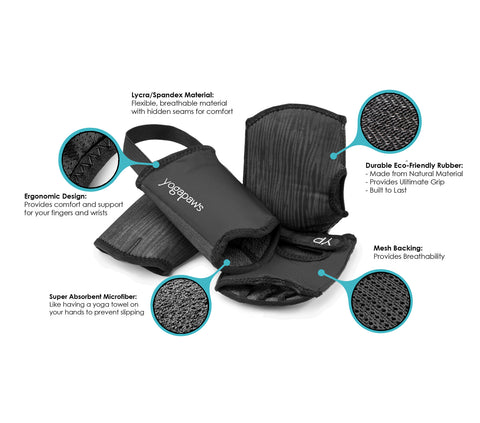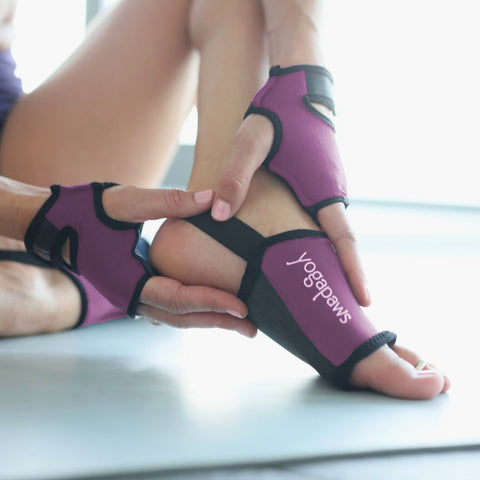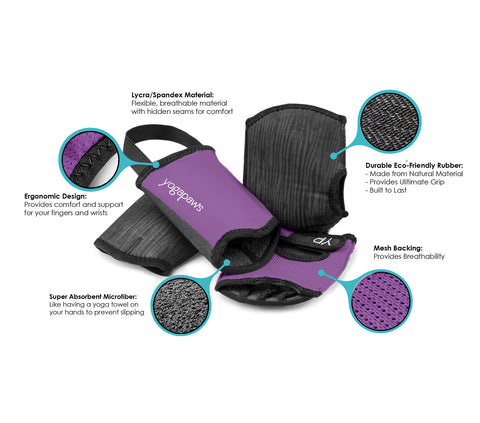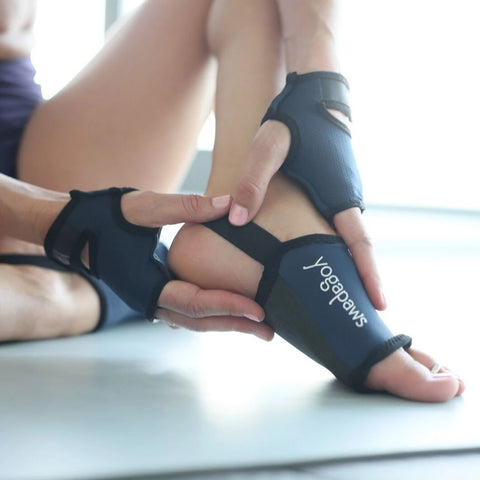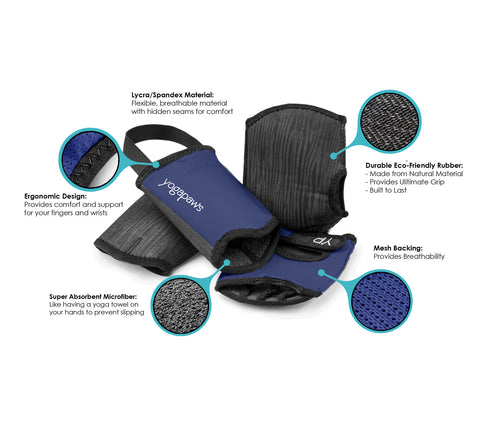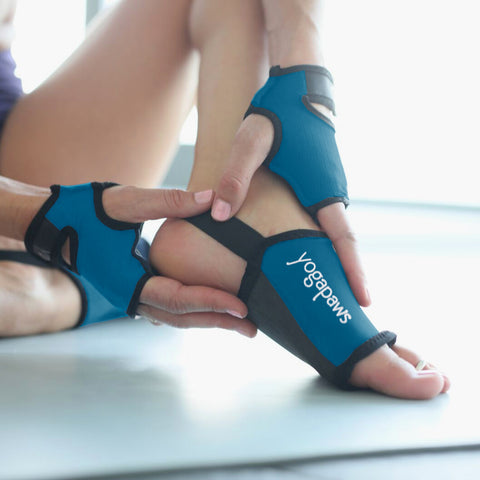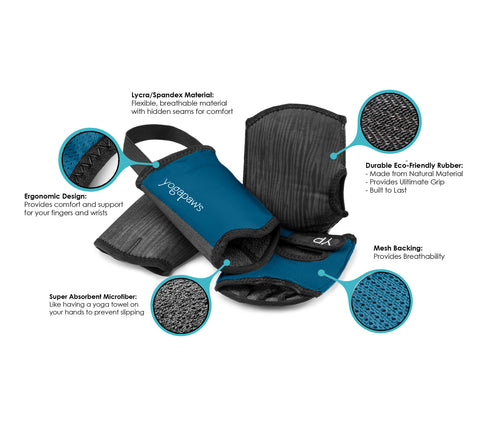Posted on April 03 2019

Since each individual has a unique yoga practice, it’s only natural that styles would evolve to meet the needs of students who prefer to hold poses to reach deeply within as well as to others who benefit from the current of swift, intense motion. It seems like the menu of yoga classes gets longer every year. So, which one is right for you? Hatha? Ashtanga? Kundalini? All of the above? This blog series on leading yoga styles can help get you on the right path(s). Since Hatha is the most popular approach to yoga in the West, it’s a great place to start this series—and a yoga practice.
What You Need to Know
The basics: Hatha yoga is said to have been introduced by Yogi Swatmarama, a Hindu sage of 15th century India and compiler of the Hatha Yoga Pradipika (a classical Sanskrit manual on Hatha yoga). The term Hatha comes from two Sanskrit words: ha meaning sun and tha meaning moon. Technically it is not an individual type of yoga but any practice of yoga postures. But, the term has come to be associated with a slower-paced practice which combines poses to enhance strength, balance, and flexibility. Hatha combines the third and fourth of the eight limbs of yoga: Asanas and pranayama (breath work).
The focus: To create balance and unify the opposing aspects of mind, body, and spirit. The sequences of asanas (postures or poses) used in Hatha yoga work to align skin, muscles, and bones in order to open the body and allow energy to flow freely.
The Class: Generally, Hatha classes have three components: Pranayama, asanas, and meditation. After seated meditation and breath work, students will move through the asana sequence. Students are directed to connect with their breath as they move into each pose. Poses are often held for 30 seconds to one minute in the standing sequences; longer in some of the seated stretching poses.
The Benefits: On a physical level, a Hatha practice can help to improve muscular strength and flexibility, relax the body and brain, massage and tone vital organs, relax your body and create open channels for energy and breath. The emphasis on bringing the body into balance may aid in controlling diseases such as diabetes and hypertension. On a deeper level, Hatha invites you to find calm in stressful situations, to be present in the moment and to break through the barriers that stand between you and your full potential.
The Lowdown: Hatha yoga classes are both accessible to nearly every student and widely available. Most beginning classes are Hatha. However, if you enjoy a fast practice that flows from one asana to the next, you may prefer a Vinyasa class.
Try Before You Buy
Hatha may be billed as “gentle,” but the wide range of poses and the length of time these yoga poses are held can make it as intense as any Ashtanga or Power class. Here are some asanas to introduce you to or rejuvenate your passion for Hatha yoga.
 |
Sit on your mat with your legs straight in front of you. Warm up by bending your left leg and place the sole of your foot into the crook of your right elbow. Clasp your hands over your shin and rock your leg gently side to side. Bend your right leg and bring your foot as close to the left groin as possible. With your hands on the underside of your left shin, bend your left leg and slide it gently on top the right. Bring the right knee as close the left as possible and keep the soles of the feet perpendicular to the floor. Reverse and repeat with the right leg on top.
|
 |
Virabhadrasana I (Warrior I Pose) Stand in Tadasana (mountain pose). Step your right foot to the back of the mat—about 3 or 4 ft. behind you. Raise your arms, bend your left knee so that your knee is directly over your toes. Straighten your left leg and press all four sides of your left foot into the mat. Raise your arms overhead. If able, arch your back. Return to Tadasana and repeat by stepping back with your left leg and bending into your right knee.
|
 |
Utthita Hasta Padangusthasana 2 (Extended Hand-to-Big-Toe 2 Pose) Note: You may need a strap for this pose if your hamstrings are tight. Begin in Tadasana (mountain pose). Bring your left knee up in front of you. Grab your big toe, or interlace your fingers and toes. Slowly stretch your left leg out to the side. Eyes gaze forward or to your extended right hand to help with balance. Keep your hips pointed forwards. Focus on your breath and the stability of your supporting leg. Hold for 30 seconds, then repeat on the other side. Version 1: Bring your leg straight in front of you.
|
 |
Sukha Matsyasana (Easy Fish Pose)Start in a seated position with your legs out straight. Place your hands under your hips or at your low back. Lie back so that your elbows are on the ground. Open your chest, and try to bring the crown of your head down to the ground, while keeping your back off the ground. You may use a block under your head if needed. You should feel a nice stretch in your neck and back.
|
Thanks for reading! Feel free to take 10% off your next order with code: PAWBLOG


